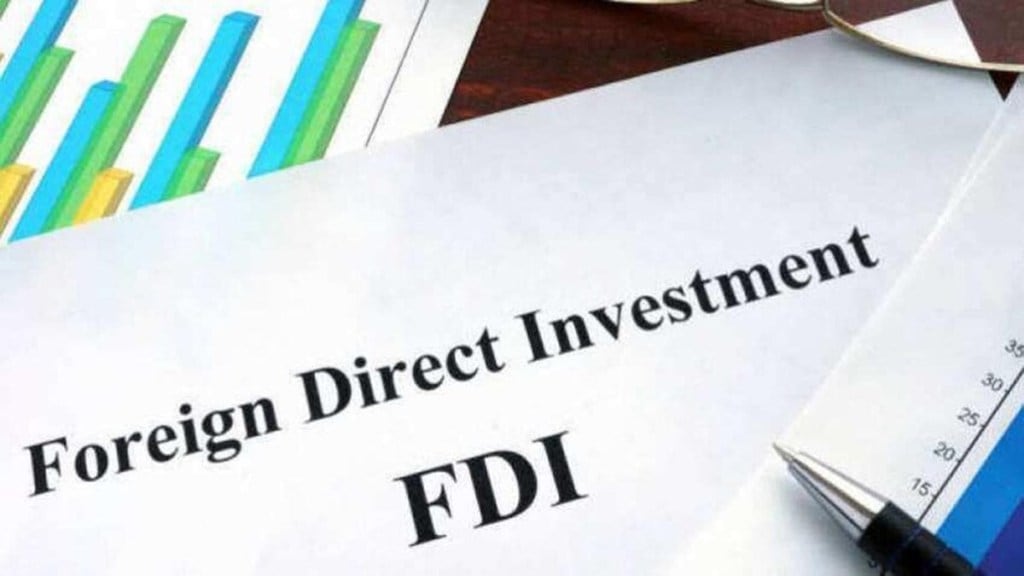Recent years’ declining trend of foreign direct investment (FDI) inflows, and the rising levels of repatriation and disinvestment from the country, cannot be explained solely by external factors like geopolitical fracturing, or monetary tightening by the central banks since 2022-end. Neither should India’s current initial public offering (IPO) boom, which has presumably lured early-stage investors in start-ups and other firms to make profitable exits, lead to an assumption that the relative stagnation in FDI has little or less to do with domestic issues. It is true that global FDI flows have slowed after the frenzy seen in early-pandemic years. That surge was particularly aided by liquidity infusion by central banks; emerging market economies, including India, were among its major beneficiaries. While FDI capital flows have indeed slowed down globally, particularly since FY22, India cannot afford to be content with a static share of that (reduced) slice.
The country needs to efficiently harness its relative advantages on the dismal global economic landscape to attract a larger share of cross-border capital flows, especially greenfield FDI, the more productive variety. However, at barely $71 billion, gross FDI in FY24 was less than the annual average of $77 billion during FY20-FY24. In fact, in both “industry” and “services”, the ratio between FDI and the gross domestic product (GDP) have slipped below pre-pandemic levels, indicating India’s performance is below potential even in immediate terms. It is in this context that the feasibility of annual FDI target of $100 billion in five years needs to be analysed, and an action plan to spur more inflows formulated.
While the Big Tech and other global digital players have been aggressive in tapping burgeoning Indian markets, they have apparently been less forthcoming in dovetailing their India strategies with commensurate pumping in of FDI or local business presence. Despite this approach of theirs, “digital FDI” into India witnessed a sharper increase in recent years, relative to “physical FDI”. It is abundantly clear that at a broader level, India’s manufacturing sector doesn’t yet look convincing to the average global investor. At the same time, some investors, who have had reasonable exposure to India, are more confident about the country than others, as is evident from the stable trend in reinvestment of profits by extant investors.
More than pending FDI regulations or issues related to ease of doing business, FDI investors are worried about the structural weaknesses of Indian economy. These infirmities include lower labour productivity, land use restrictions, logistical constraints, and relatively higher incidence of indirect taxes. Also, for manufacturing exports to be globally competitive, exchange value of the rupee should be much lower. This imperative is at odds with reality — the country’s robust balance of payment surplus and forex reserves keep propping up the local currency. Commerce and industry minister Piyush Goyal reiterated recently that majority foreign ownership in multi-brand retail won’t be allowed, citing the damage it could do the country’s “100 million mom-and-pop stores” who should be “integrated with technology and e-commerce”. While this may be a worthy goal, with rapid advent of e-commerce under the marketplace model, B2C transactions have greatly eased, leading to incremental sales volumes. India needs a revamped plan for FDI, where services and construction will get accelerated inflows, along with newer areas like e-commerce and e-gaming. In parallel, high-end manufacturing, supported by government incentives and largely debt-funded infrastructure creation, will have to be made investment centres.


